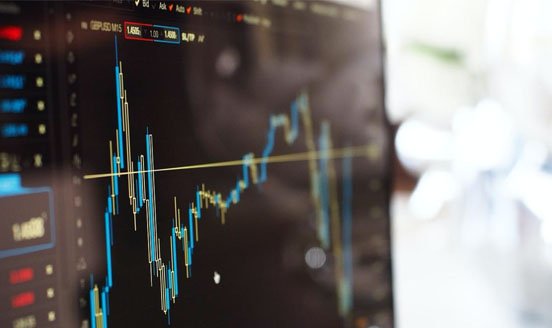
With a history of moving inversely to the stock market, gold is sometimes viewed as an element that can help offset stock volatility in a portfolio.
People purchase and hold gold, according to former Federal Reserve Chairman Ben Bernanke, as “protection against … really, really bad outcomes” such as a catastrophic economic crisis.
While the stock market can experience fluctuations due to a number of external factors ranging from employment numbers to federal policy decisions, in the past, gold has often retained value, even during periods of economic upset.
Although investors’ focus is often on stocks, geopolitical, economic, and other challenges can have an influence on gold buying activity, says Everett Millman, a precious metals specialist at Gainesville Coins.
“When the stock market is doing modestly, that’s where investors are going to put their money. When there is a large correction in the stock market, as we saw at the beginning of 2023, when banking issues were going on, that [can prompt a] greater interest in precious metals.”
As inflation in the U.S. rose in 2022, for example — at one point hitting 9.1%, the highest level since 1981 — the stock market faltered. The S&P 500 index had declined more than 19% by the end of the year, and the Dow Jones Industrial Average had dropped by nearly 9%; the Nasdaq ultimately sank over 33%.
Investment interest in gold, though, rose 10% year over year in 2022, partially due to the strong interest in gold bars and coins, according to a World Gold Council report. Central banks were a key buyer, scooping up 152% more gold in 2022 than in 2021 and setting a new purchasing record.
Investors, according to U.S. News & World Report, had previously turned to gold as a safe-harbor asset during military conflicts — including when travel and leisure, bank, and other stocks stumbled after Russia invaded Ukraine in 2022. At one point, spot gold prices topped more than $2,000, their highest level in more than a year.
Precious Metals’ Potential Portfolio Role
A 2023 Gallup poll found that nearly twice as many Americans believed gold was the best long-term investment compared to 2022.
Still, while the demand for metals like gold can rise if the stock market seems less than robust, in general, Millman says, physical precious metals have remained an underutilized asset.
“Less than half of 1% — 0.5% or less — of investment portfolios have exposure to gold,” says the Gainesville Coins specialist. “That’s baffling. You would think that people would keep some small percentage of their portfolio in gold just for diversification purposes.”
U.S. Securities and Exchange Commission research indicates that annually, allowing for inflation, the stock market has offered returns of about 7%. Gold, on the other hand, has provided an approximately 20% return on an annualized basis over the last two decades, according to Gainesville Coins.
“[Gold] has tended to rise over time,” Millman says. “Sure, there is near-term volatility, as with any asset — but gold’s calling card is that prices have tended to maintain their level of purchasing power, relative to other assets.”

